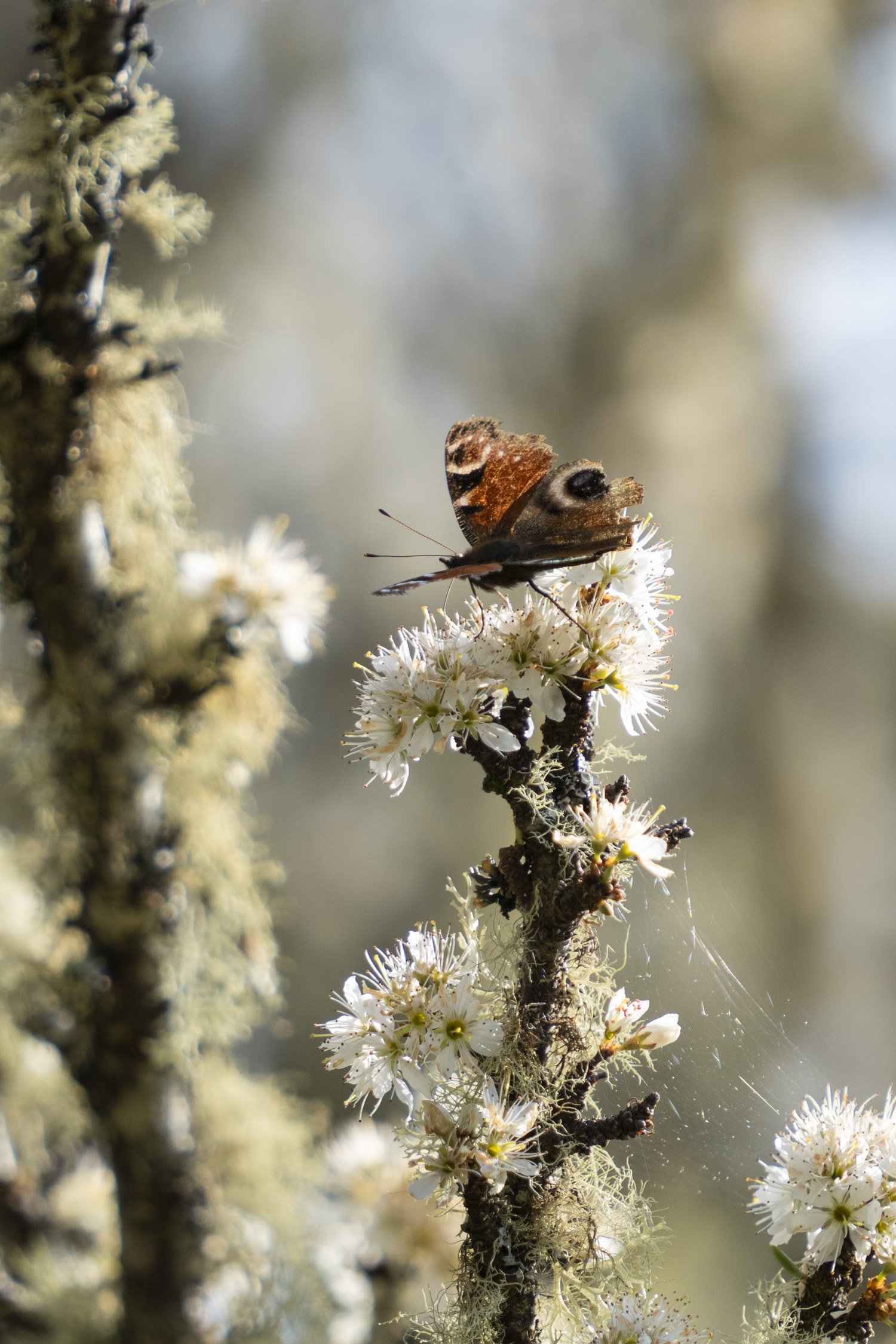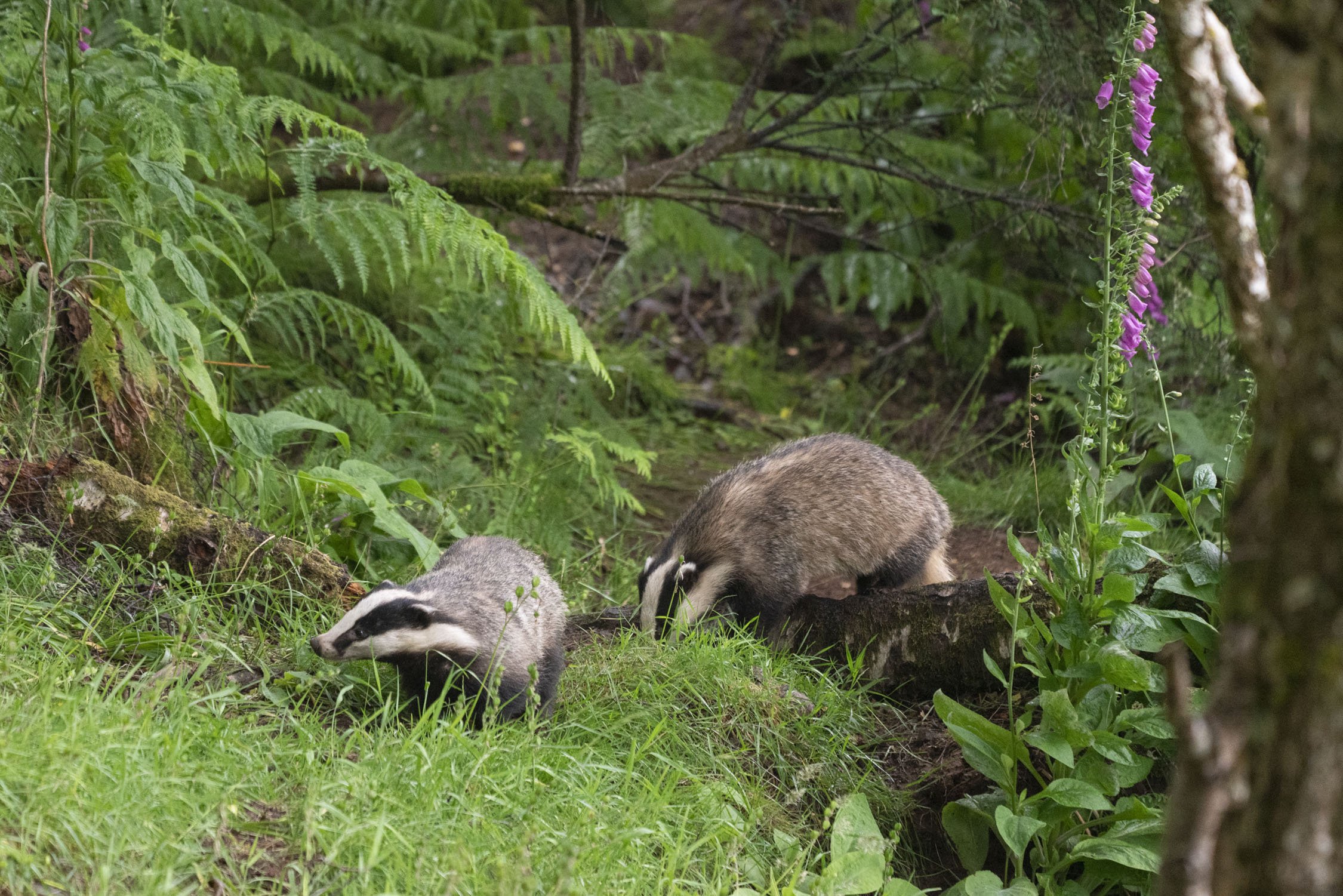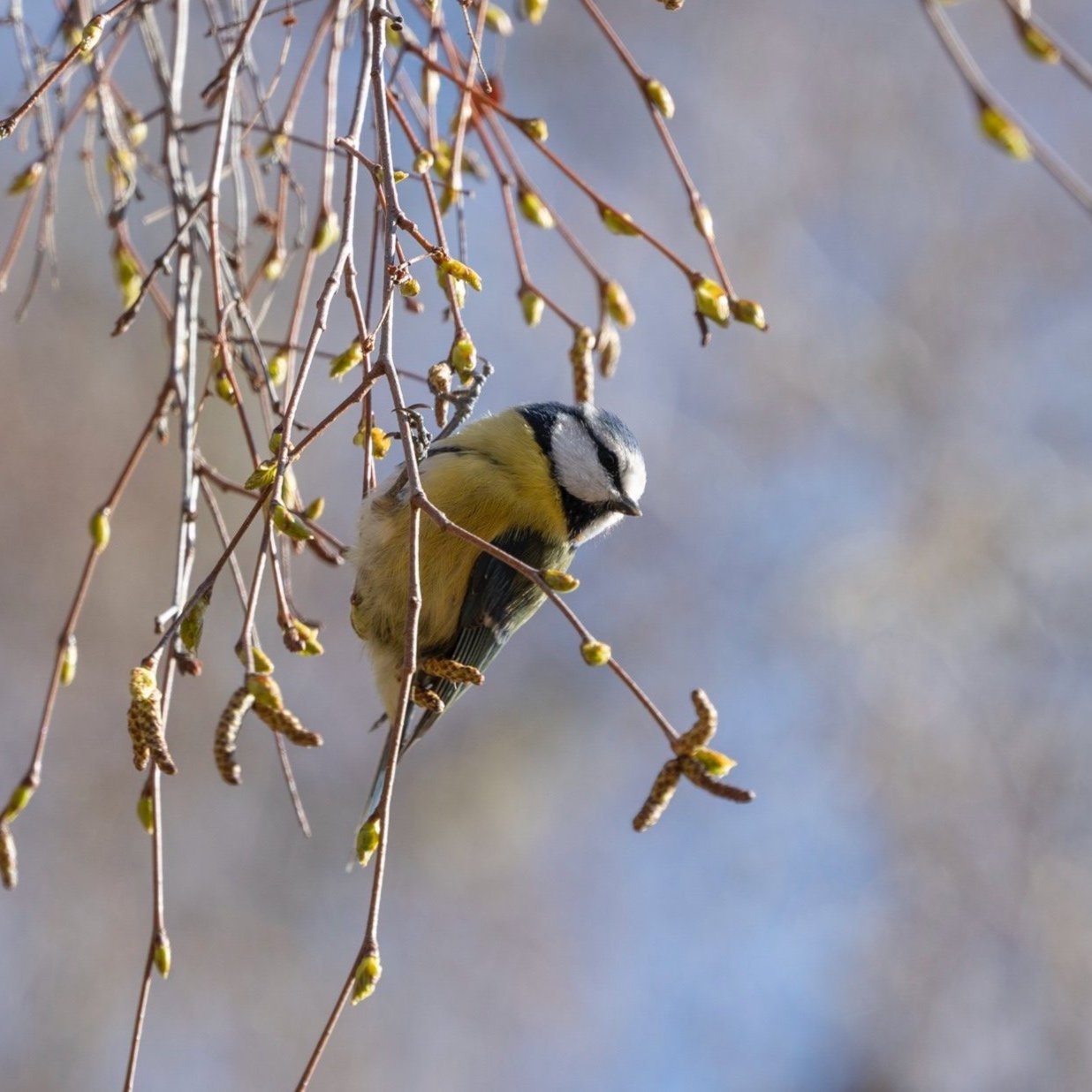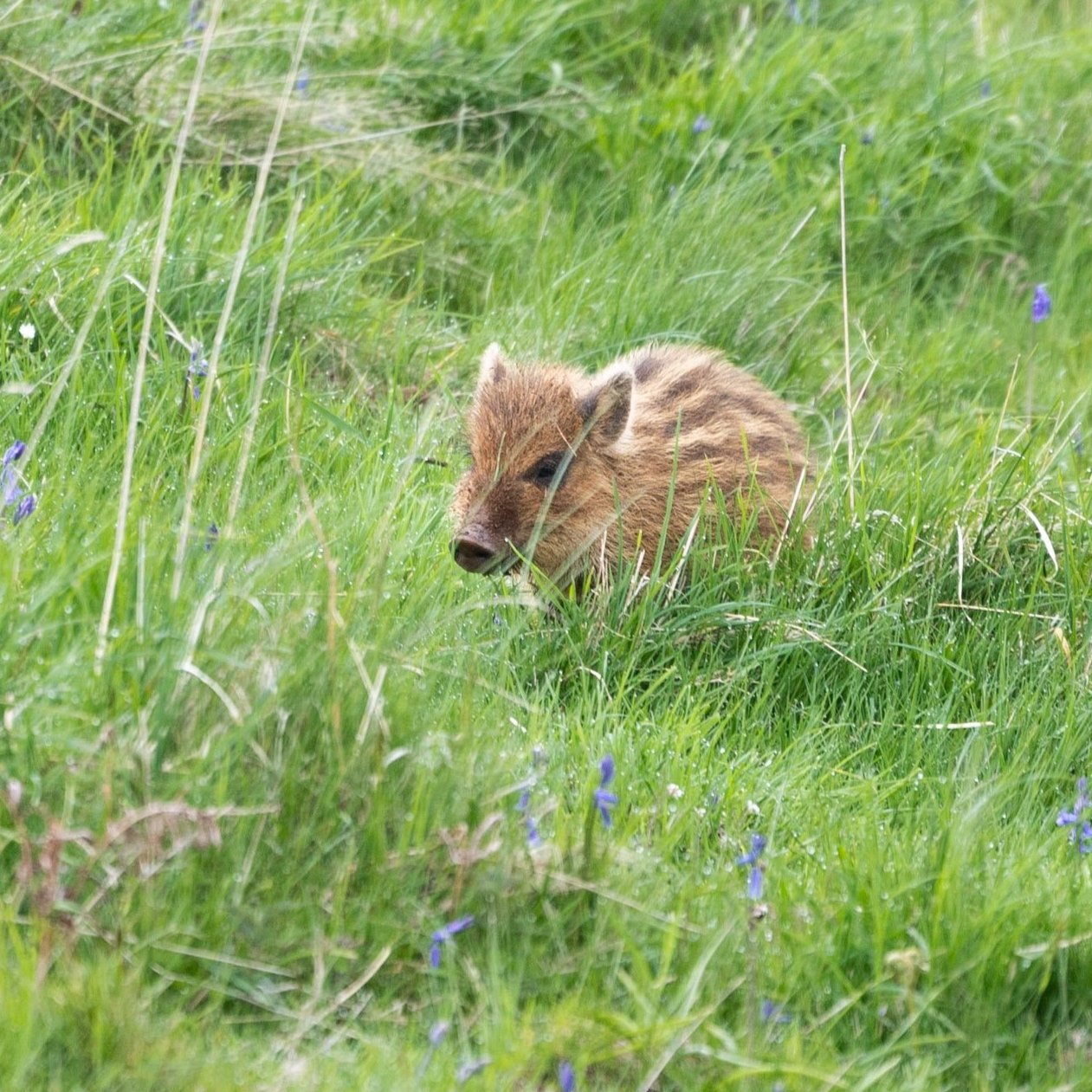Life Blooms, Spring at Bunloit
What a time to be on the estate. With the passing of the lambing snows, life blooms. With the coming of the new season, comes new life. The wild boars have had this year’s batch of piglets- counted and carefully monitored via camera trapping and thermal counts to ensure we are keeping an eye on their population fluctuations. Badger sows gently moving their cubs when disturbed by the amorous males. The coconut scented gorse, providing refuge for tree seedlings to grow and for natural tree regeneration to occur; not to mention the cover whin provides for this year’s crop of breeding birds, which our rangers have been busy surveying to establish which species call Bunloit (and Beldorney) home. Otters making their way up the burn from Loch Ness. The familiar onomatopoeic call of the cuckoo, returning from the African continent to be mobbed by the meadow pipits who are well aware of the cuckoo’s brood parasitisation habits. The first flutter of butterfly wings, with the peacocks being first on the scene to make use of the dandelion’s early source of energy rich nectar. The hum of bumblebees and honeybees as they feed on the blackthorn bloom. The mewing call of buzzards. Screeching swifts. Hooting owls. It’s all music to our ears.
With the arrival of Spring, so comes the arrival of our next generation of rangers, ecologists, and deer stalkers: the Glenurquhart High School students who have enrolled on our outdoor education programme. The students have already joined us for a breeding bird survey, where they learned to identify the different bird songs; the phenotypic similarities between a willow warbler and chiffchaff were discussed, with the respective songs of each species being the easiest way to differentiate between the two species in the field- this dovetailed well with what the students had been learning in biology about speciation, with willow warbler and chiffchaffs being a great example of the phenomena.
Many hands make light work, with the students assisting with non-native conifer removal and tree planting along one of the riparian zones at Bunloit. Their help was greatly appreciated, and they helped us save some of our native species from the vigourous Sitka spruce: Scots pine, birch, rowan, and blaeberry were all discovered when clearing the non-natives. Next up for the students are pollinator surveys and deer ecology days.
Spring has sprung and summer comes.
Scott Hendry





